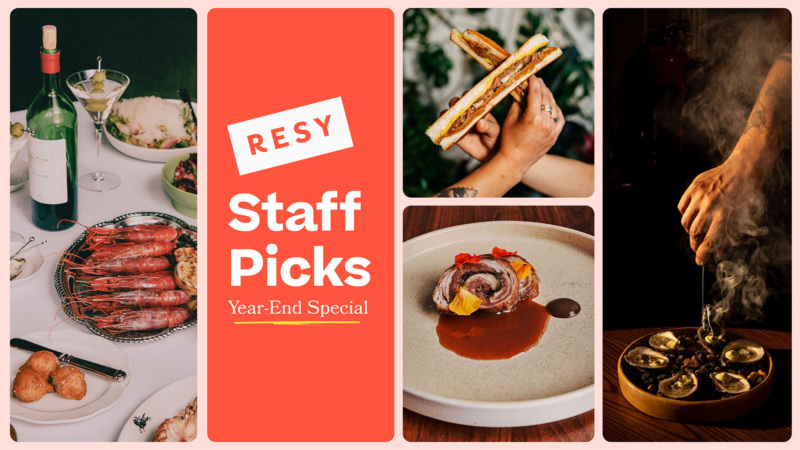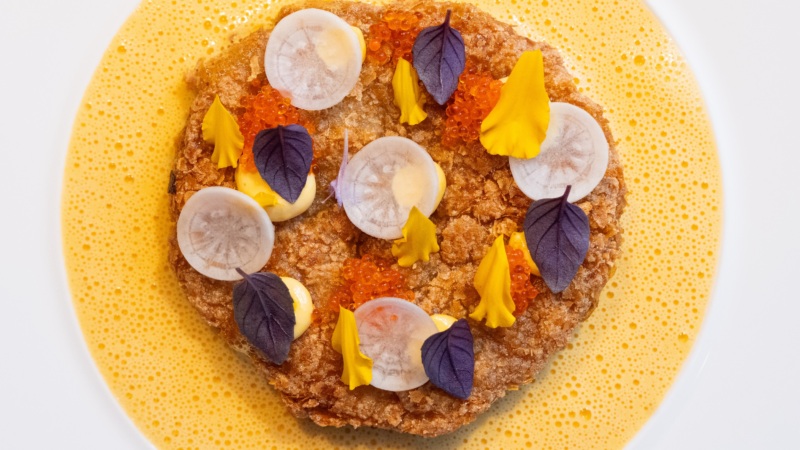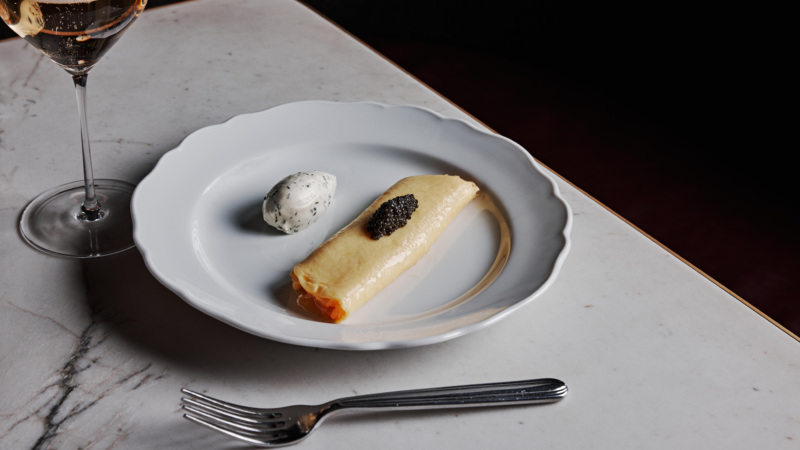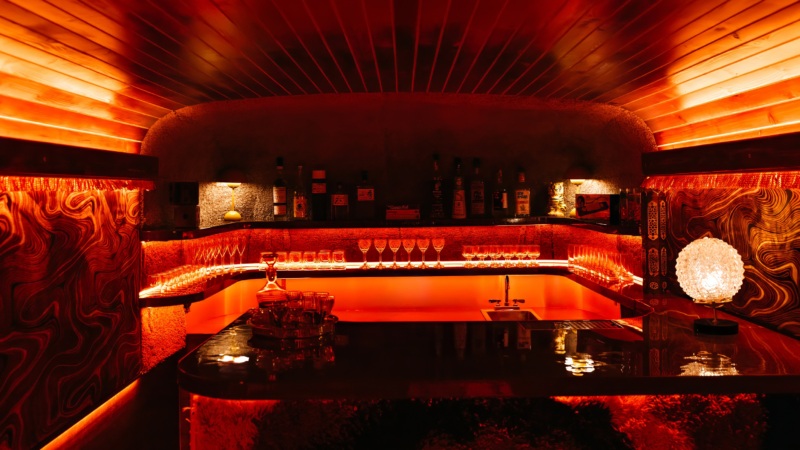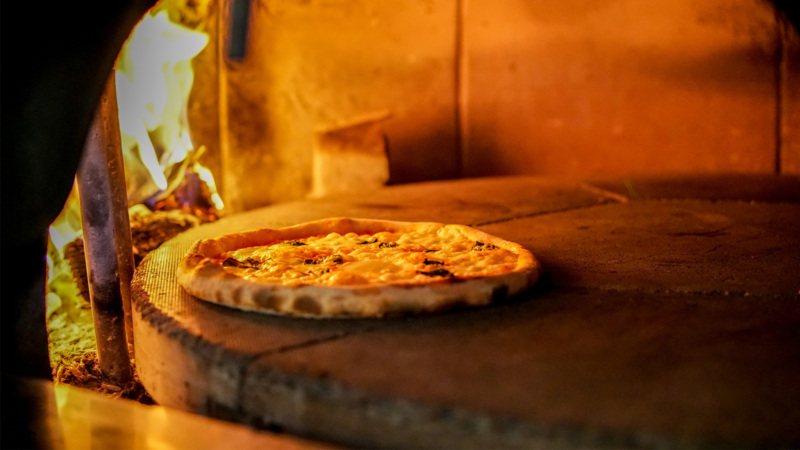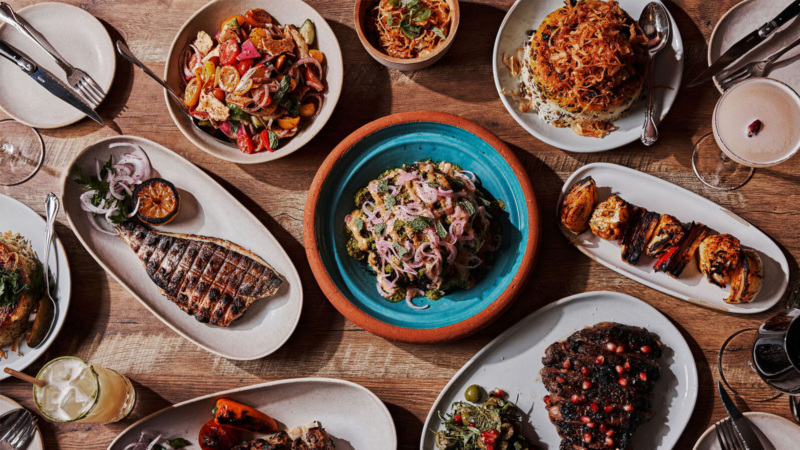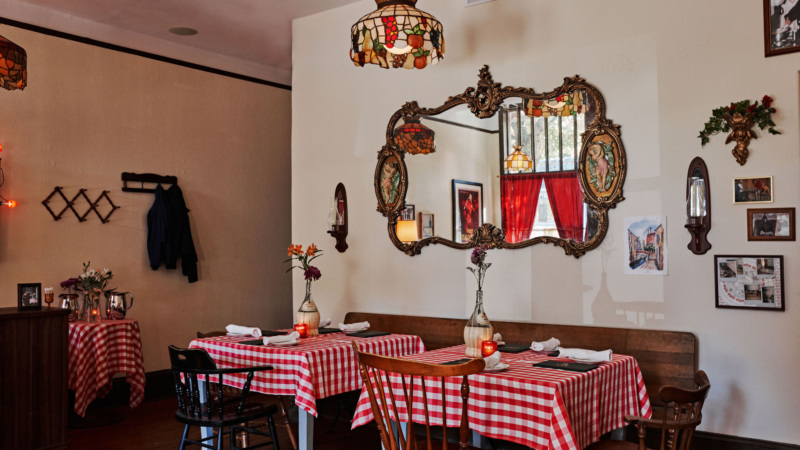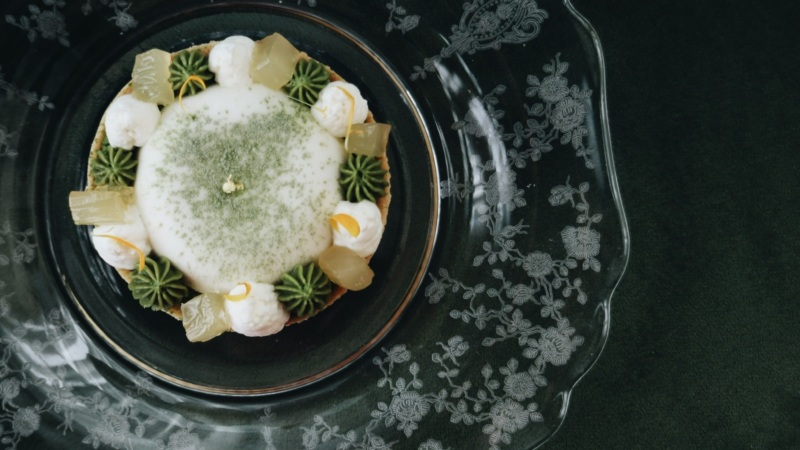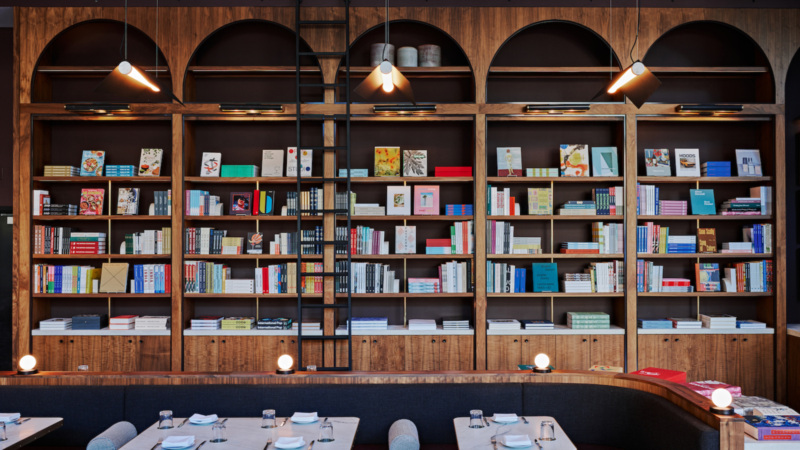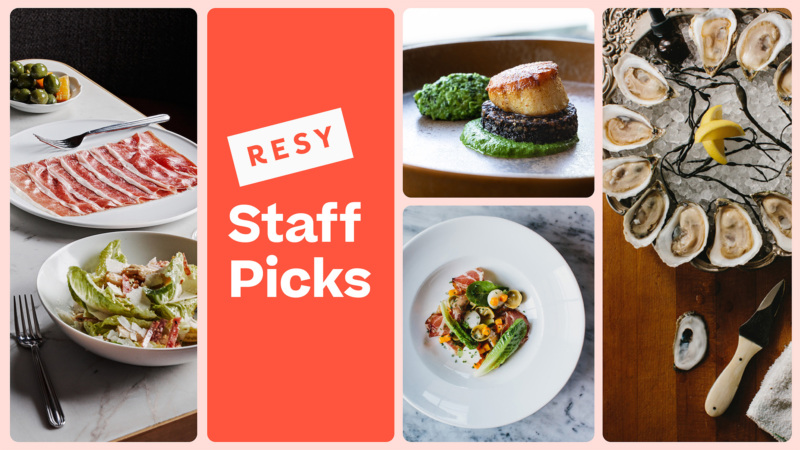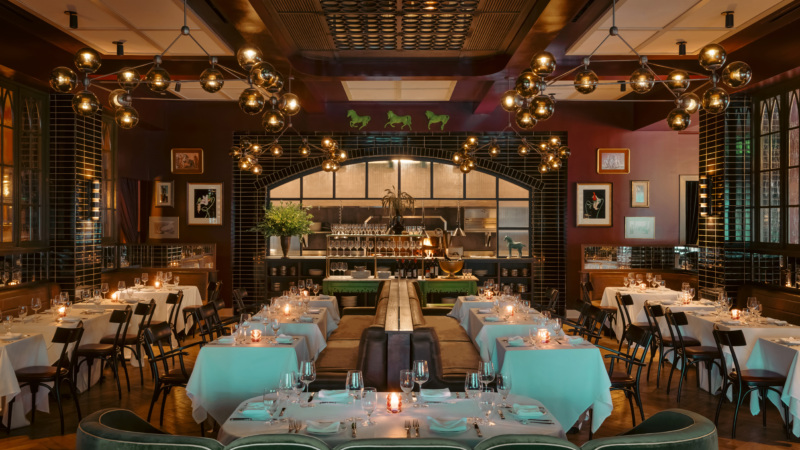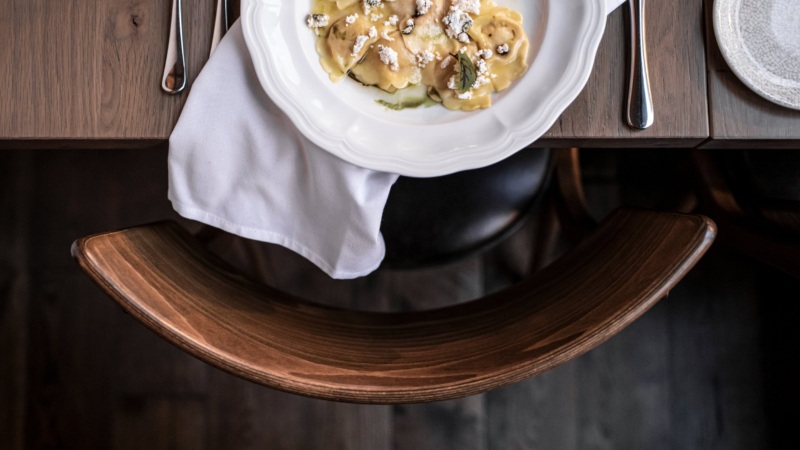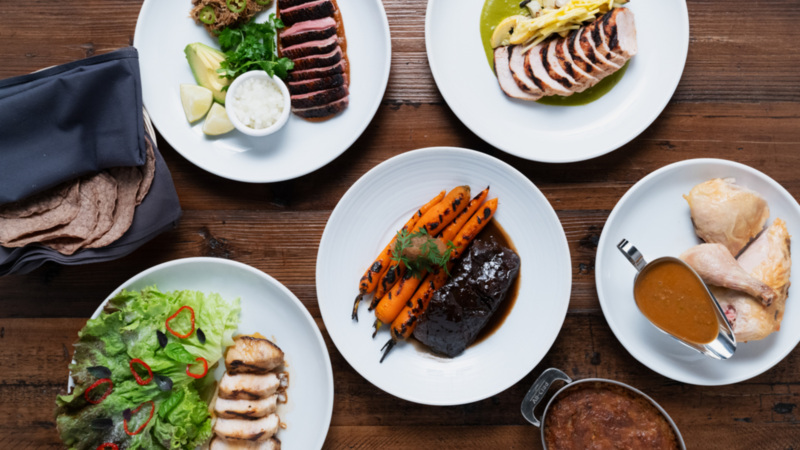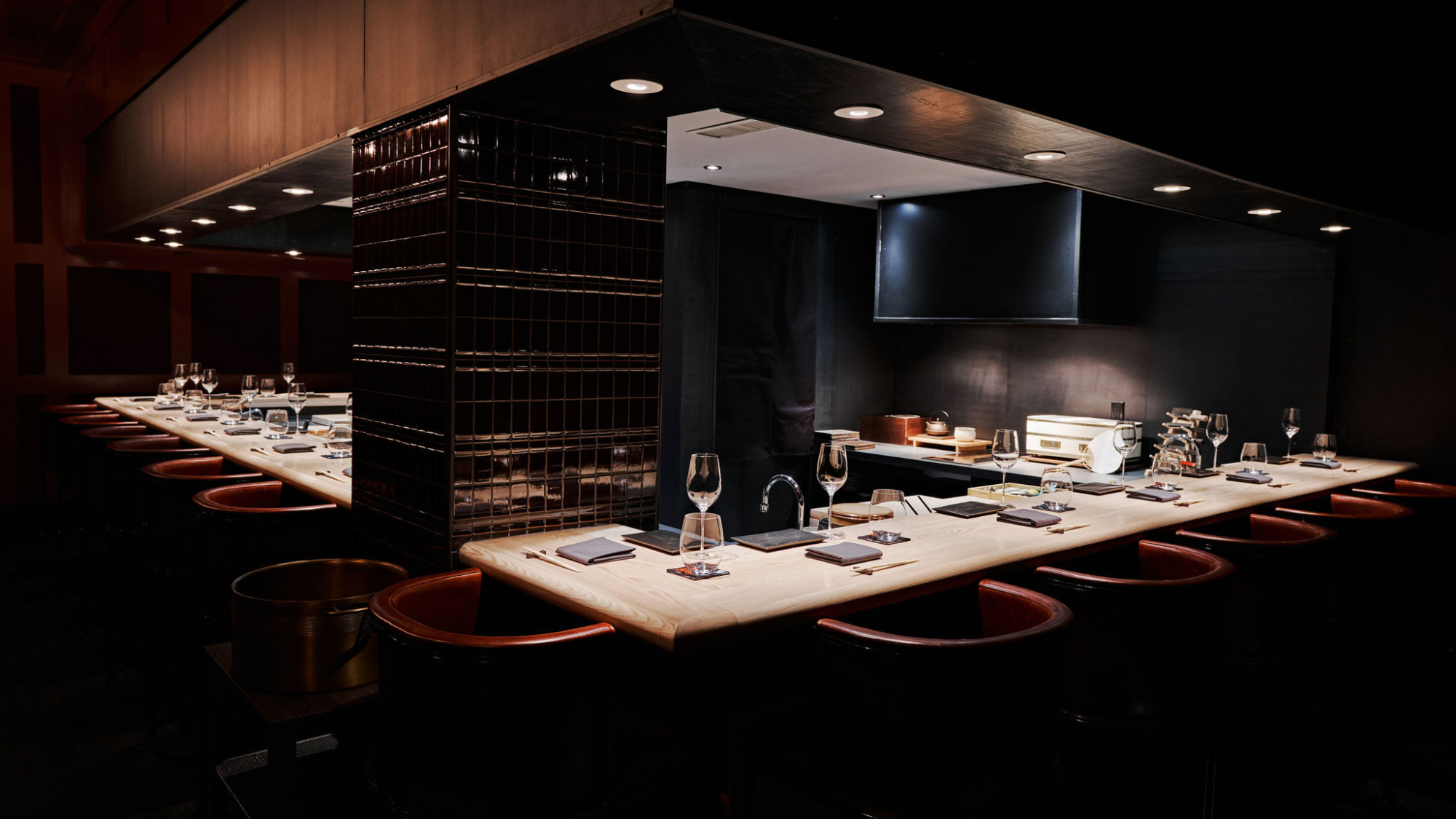
The One Who Keeps the Book Atlanta
How to Get a Seat at Mujō, West Midtown’s Must-Try Omakase
In our regular series The One Who Keeps The Book, we talk to the people who handle reservations at your favorite restaurants, to find tips on how to get in and what to expect, straight from those who know what it takes.
And that’s where J. Trent Harris comes in, because you might need a little help getting into Mujō, the West Midtown omakase spot that has become Atlanta’s must-try sushi, with nary a reservation to be found.
That is a very different situation than when Mujō was conceived in July 2020. That was, to say the least, a challenging time for restaurants everywhere, but especially for the team at Castellucci Hospitality Group, which owns and operates Atlanta-area restaurants Sugo, Cooks & Soldiers, The Iberian Pig, Bar Mercado — and now Mujō too.
Federico Castellucci III, the group’s president, and his siblings Stephanie and John weren’t just fighting to keep their multiple restaurants open. Federico (or Fred as he’s called) was also growing his own immediate family, welcoming a brand new baby daughter to the world while keeping the family business alive.
A pandemic lockdown and the arrival of a new baby may not sound like the perfect time to try a carryout-only, omakase-style sushi dinner pop-up service to you, but Harris, Mujō’s Michelin-starred executive chef and partner, says it made sense to him and Fred.
“I was in New York with nothing going on. Down here, Fred said it was really hostile and he was just trying to keep his restaurant. He’s a relentlessly optimistic guy, and was like, ‘Come down; let’s do takeout! Let’s see.’ Which, to me, sounded a little crazy. But we gave it a shot.”
Harris says he and Fred were successful enough with the takeout to open up a conversation about what Atlanta’s dining scene would be like after COVID, and how to make Mujō a permanent part of it.
Prehaps it was ordained to be. A Kentucky native, Harris is classically trained in both edomae-style sushi (cured and/or aged according to Japanese traditions) and Western cuisine. He has worked in some of the most heralded sushi-ya on Earth, including 13 years in New York, where he served as executive sous chef at the heralded sushi restaurant Shuko, and in both Tokyo and back in NYC at Sushi Ginza Onodera, where he earned two Michelin stars alongside master sushi chef Masaki Saito. He earned another star as chef de cuisine at Portuguese-influenced NYC restaurant Aldea, which shuttered in 2020.
Harris says his style comes from working with Japanese chefs who taught him the concept of kaizen, or “continuous improvement.” He says he pushes himself to do better every day, which is why Mujō operates the way it does. Which includes some strict policies — non-refundable fees for cancellations or party adjustments made less than 72 hours before your reservation date, and having to miss parts of your tasting menu experience if you show up late — although, Harris says, they exist only to ensure that the 1,500-square-foot space, with its 15-seat cypress sushi bar and just two nightly seatings, can always deliver what guests didn’t realize they’d been missing. The dual tasting menu options include both sushi and kappo-style hot and cold dishes. That could include savory Japanese egg custard with black truffle, braised ibérico pork belly, and a progression of seasonal nigiri like rare black throat sea perch.
“It seems restrictive to some guests, because they’re not used to it, but once they dine, they get it. These things are in place because that’s the environment and setup we need to deliver the experience they want to have.”
Trust that you want to have this experience. It was exquisite when it was packaged in meticulously neat carryout packaging (imagine how sushi would be boxed if sold by Apple). Now that you can score a reservation to try it in its intended space, you should do that ASAP. Here’s how to improve your odds.
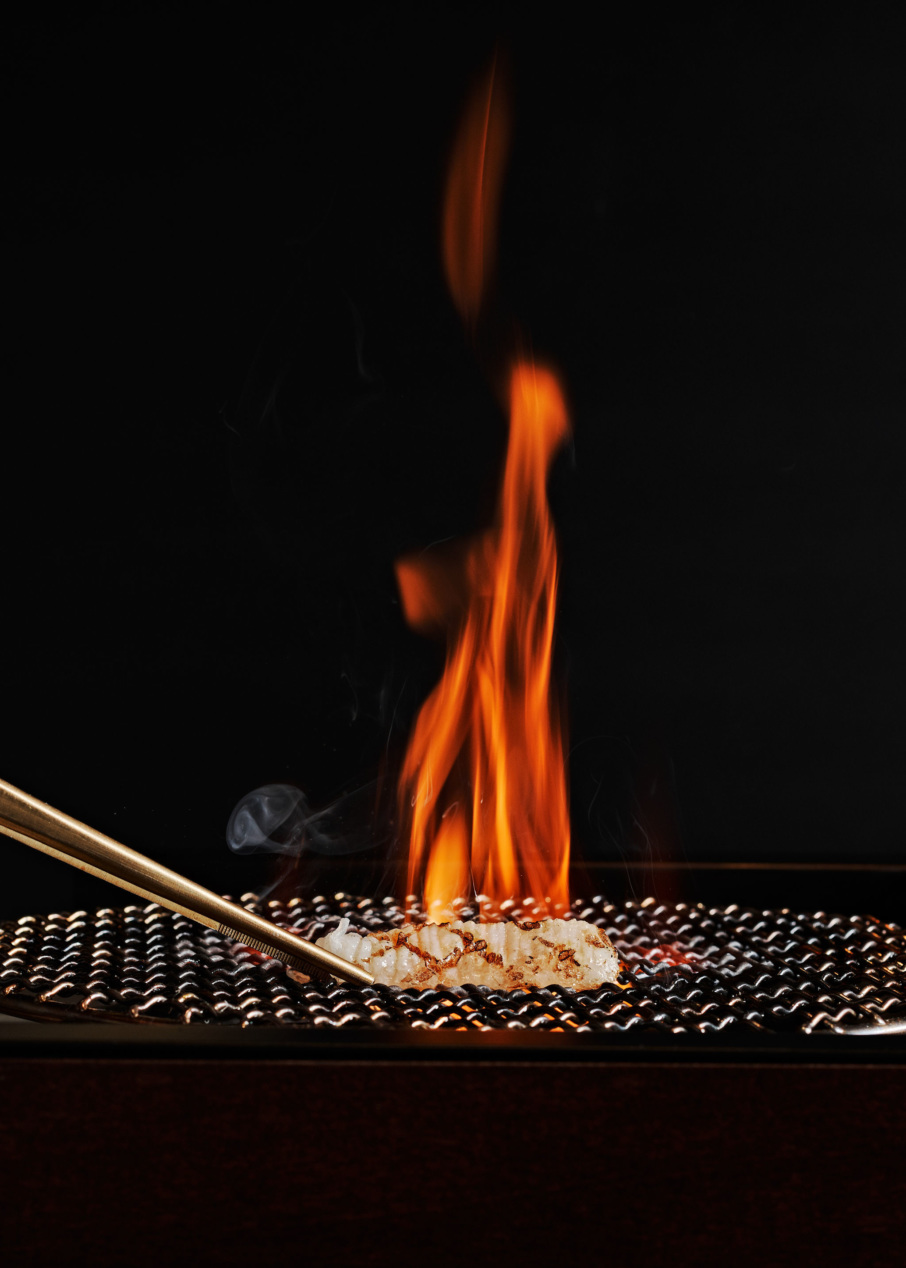
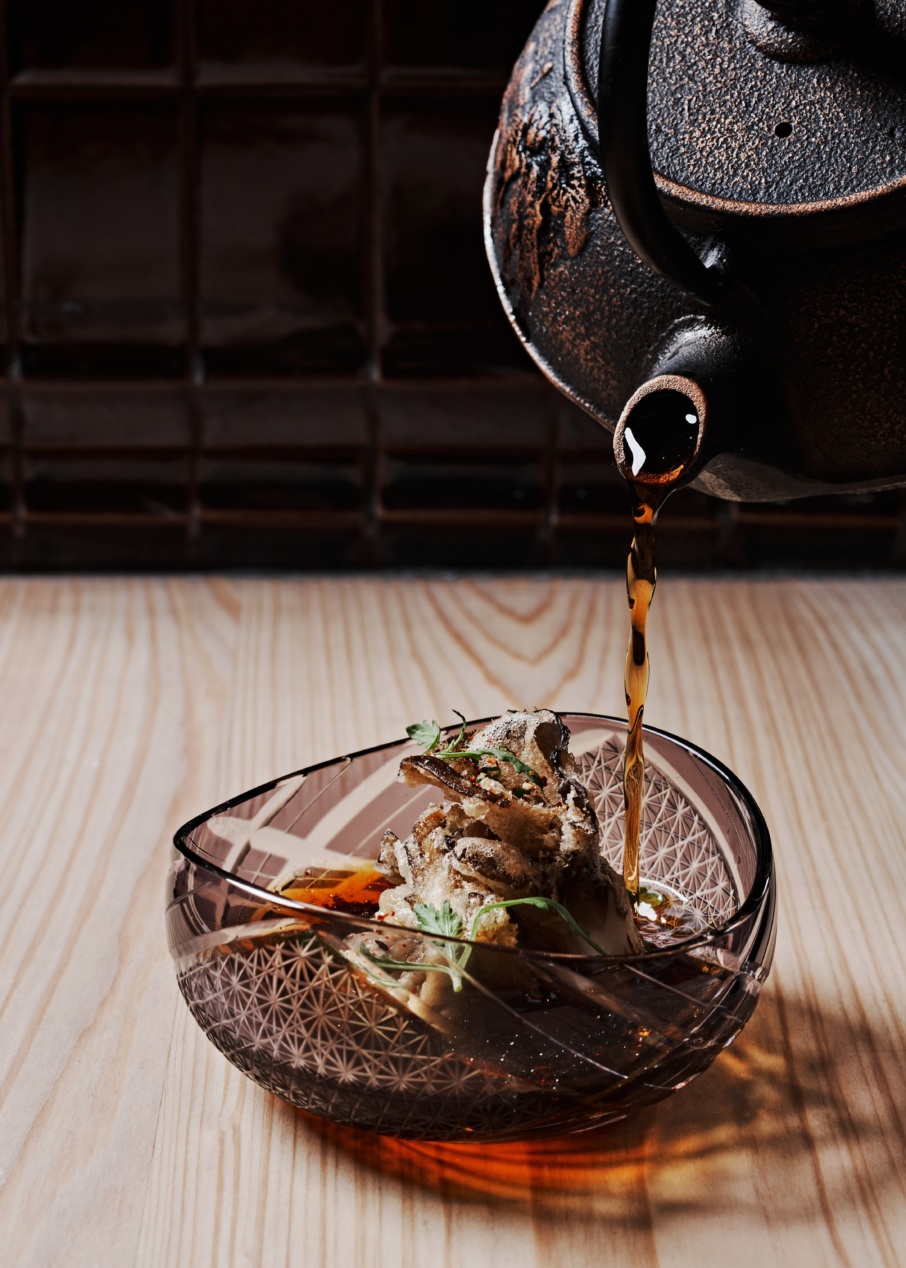
Resy: How many seats are there at Mujō?
Harris: There are 15 seats at the counter, with me making sushi with another sushi chef, Gusan Jang, an Atlanta native with New York experience.
We only seat 14 of them, and we seat the whole restaurant twice, so there are two staggered seatings: 5:30 for dinner at 6 p.m., and then 8:30 for dinner at 9 p.m. We have a private room for six, but we’re not booking it yet — that’ll be summertime, and we’ll then have a maximum of 28 seats.
When do reservations drop on Resy?
A month out. The May reservations went live April 1, at 10 a.m., and we were sold out in 10 minutes. The reservations for June were available May 1. It’s difficult.
How difficult?
It was 15 minutes last month and eight minutes this month. It’s tightening up. There is a wait list (Notify) that people can get on.
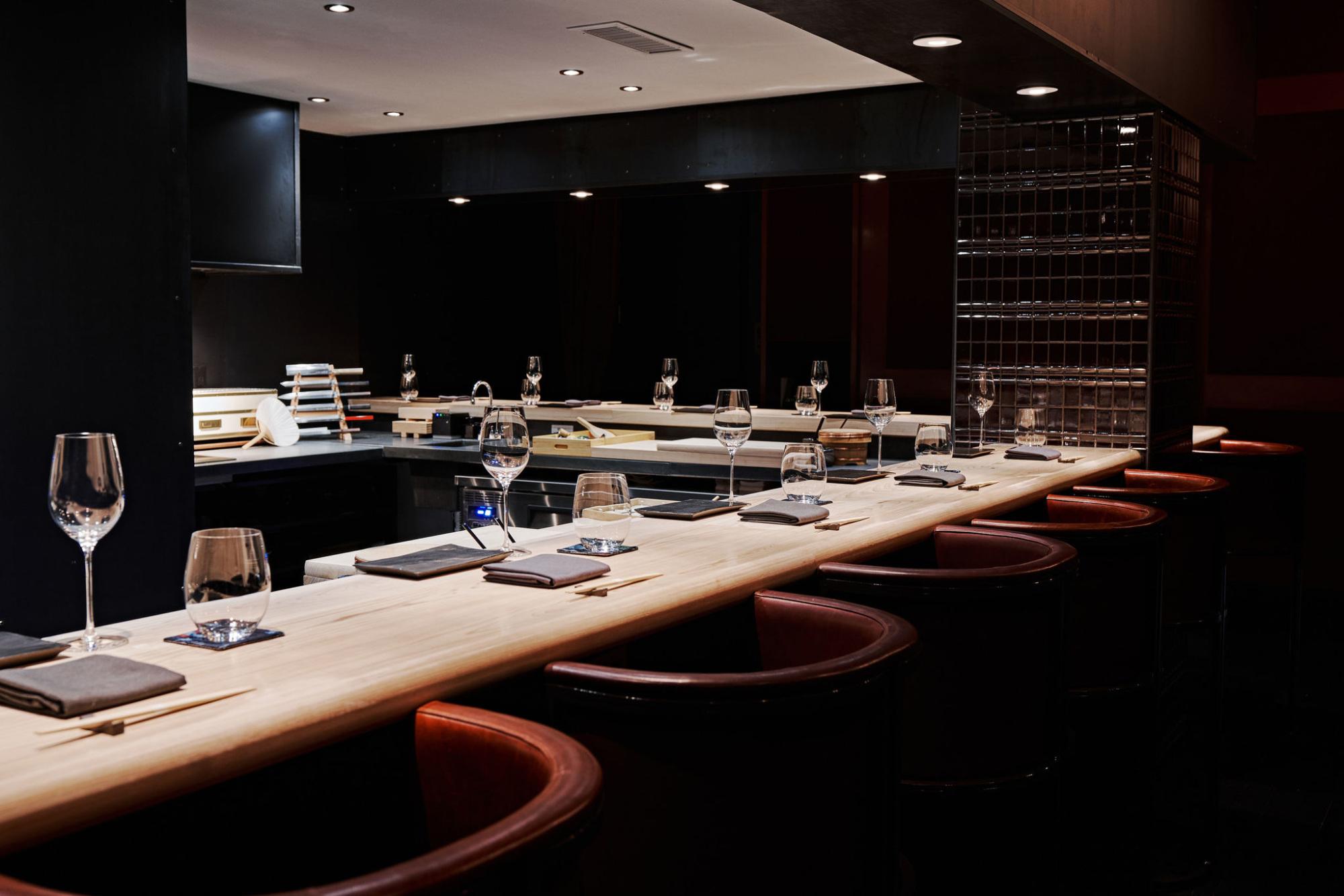
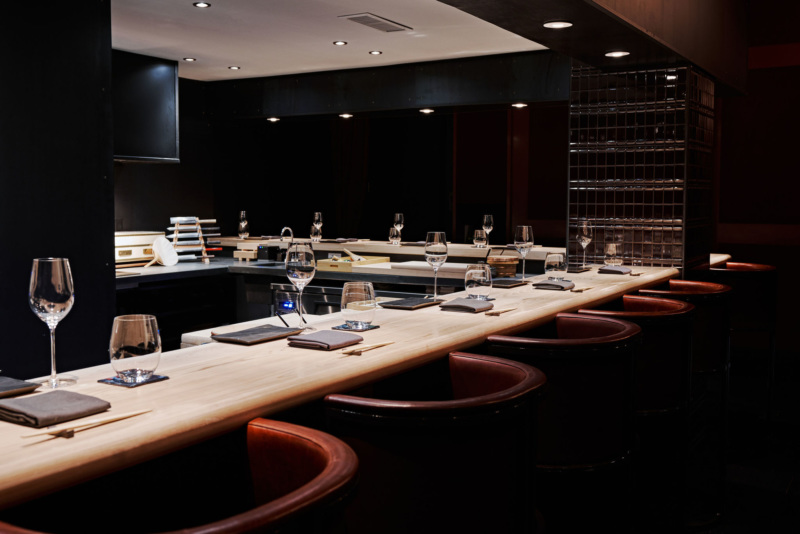
How many seats are usually kept open for walk-ins?
We don’t accept any walk-ins; we just don’t have the capacity. There are days when I may save a seat for someone we know — maybe two seats some weeks. But most of the time it’s completely fully booked.
So what else can someone do?
It really depends on cancellations. If we get a cancellation, Resy reaches out to a certain number of people. And if they don’t hear anything back they reach out to the next block. Whoever’s quicker on the draw will be able to confirm that seat.
When are your busiest nights?
They’re all the same. We do the same covers every night. You have a little more of a wine-and-dine crowd of Wednesday and Thursday people, whereas Friday and Saturday night you get the weekend warriors who want to check out the experience, have one meal and a cocktail, and head home because the kids are waiting. For us in the kitchen, what we’re doing is the same every night for every guest.
On my end, the busier days are Tuesday, Wednesday, and Friday, when I get fish in from Japan. I have a lot of extra prep to do. Saturday is usually one of the busiest days for restaurants but is one of our easiest days in the kitchen because we’re not getting a lot of deliveries, so we’re getting ahead. That’s a little more of a fun day to work on special projects and stuff.
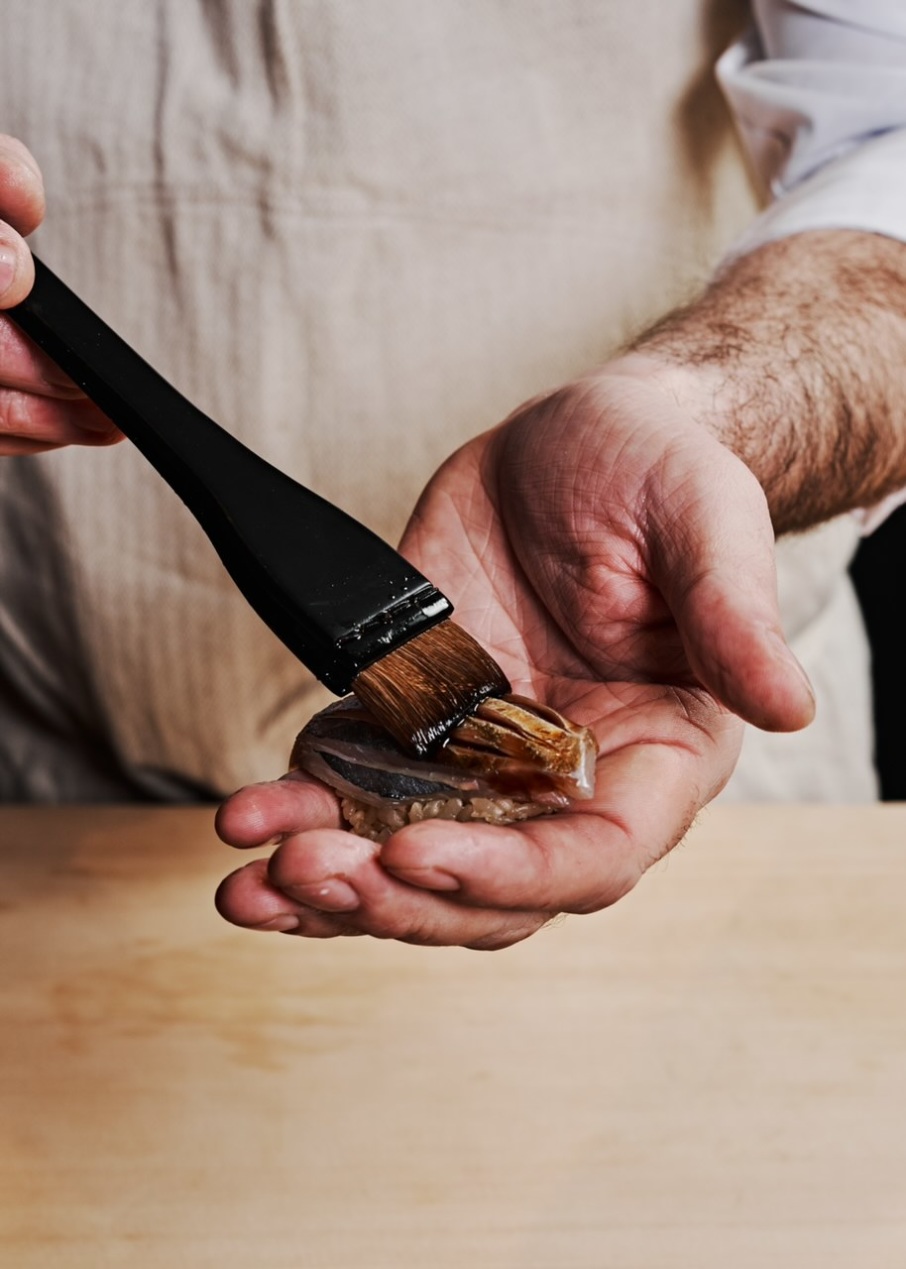
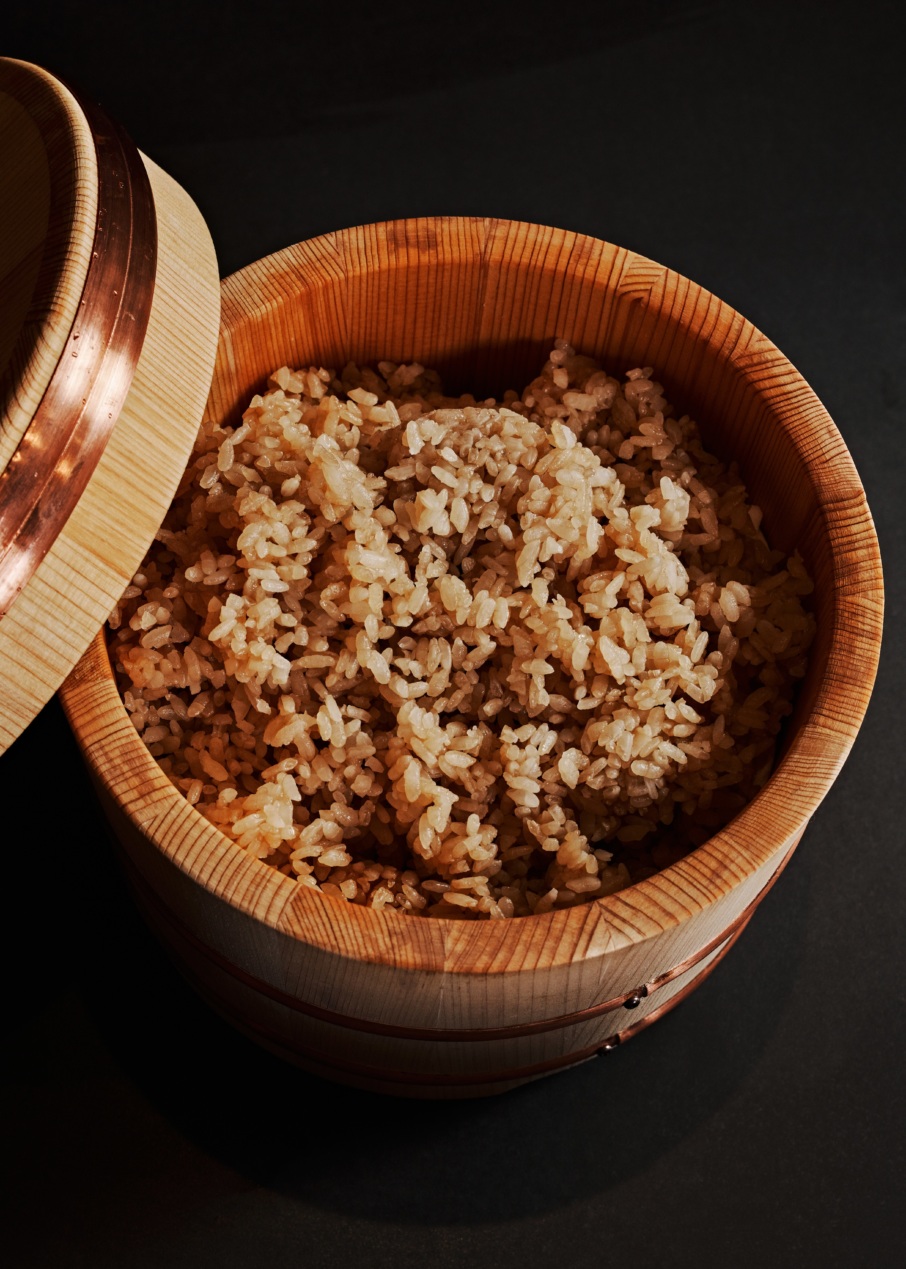
We’re not trying to recreate a New York restaurant. We’re not trying to transport people to Japan. This is an Atlanta restaurant.
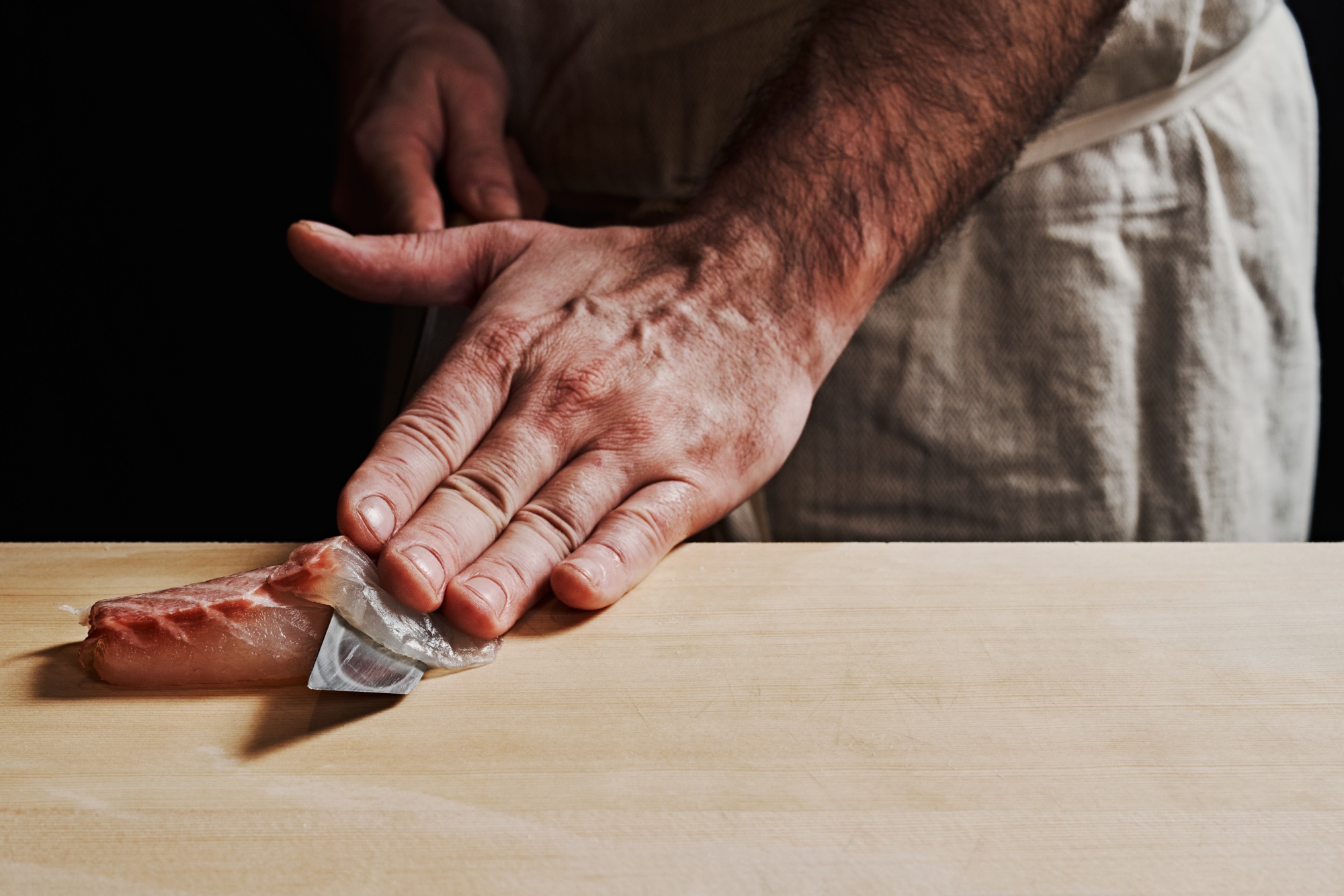
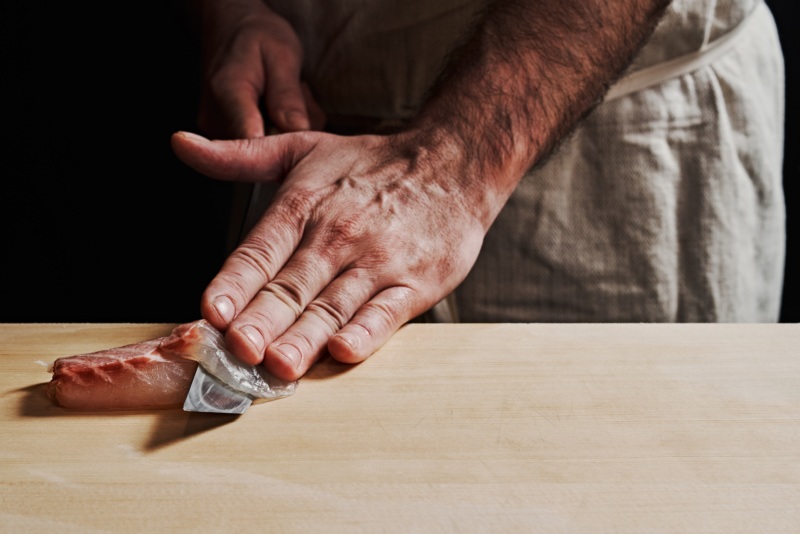
How long is the Resy Notify list usually?
Right now there are over 200 people. I think it’s gone up from the previous month; it was around 130 or so. I’m not sure how many of them are people still on from last month, but it has gone up quite a bit.
Are there any other ways to snag a table?
The only other way is if your parents are Mr. and Mrs. Castellucci (laughs).
We have a couple seats we may hold back for people we know or want to bring in, and we don’t really advertise that. We try to book all the people. But once in a while I’ll try to hold something back, like if a friend’s in town or a close associate of Fred’s. Other than that there’s not another way.
In your opinion, what’s the best seat in the house?
I think it’s at our cocktail bar, sitting in front of our bartender Mike Satusky. He does a tremendous job on the cocktails, and we have a six-seat cocktail bar only available for folks with reservations.
Watching him prepare a cocktail is sort of like the omakase experience. He lines up the bottles and shows you what he’s doing, crafting this thing in front of you. I think that’s a cool feature that no one else has. Mike has this amazing energy and personality, and it’s a lot of fun for me to watch him work.
Can people request specific tables?
You can, but we can’t guarantee we can fill it. It depends on the reservations for the night. We have people who want to sit with me or with Gusan if they’ve been before. If you have a 5:30 reservation and I’m doing the 6 p.m., you can sit.
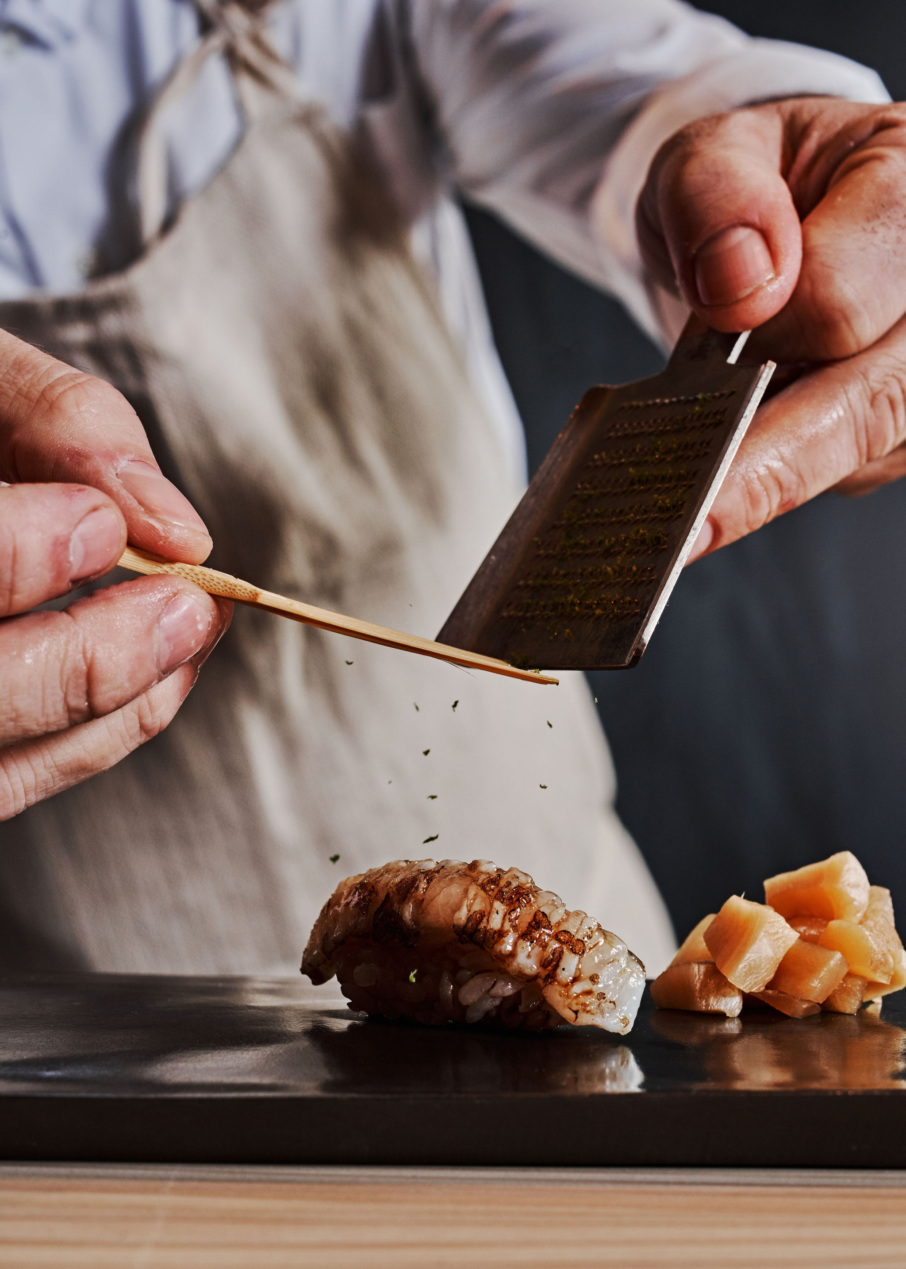
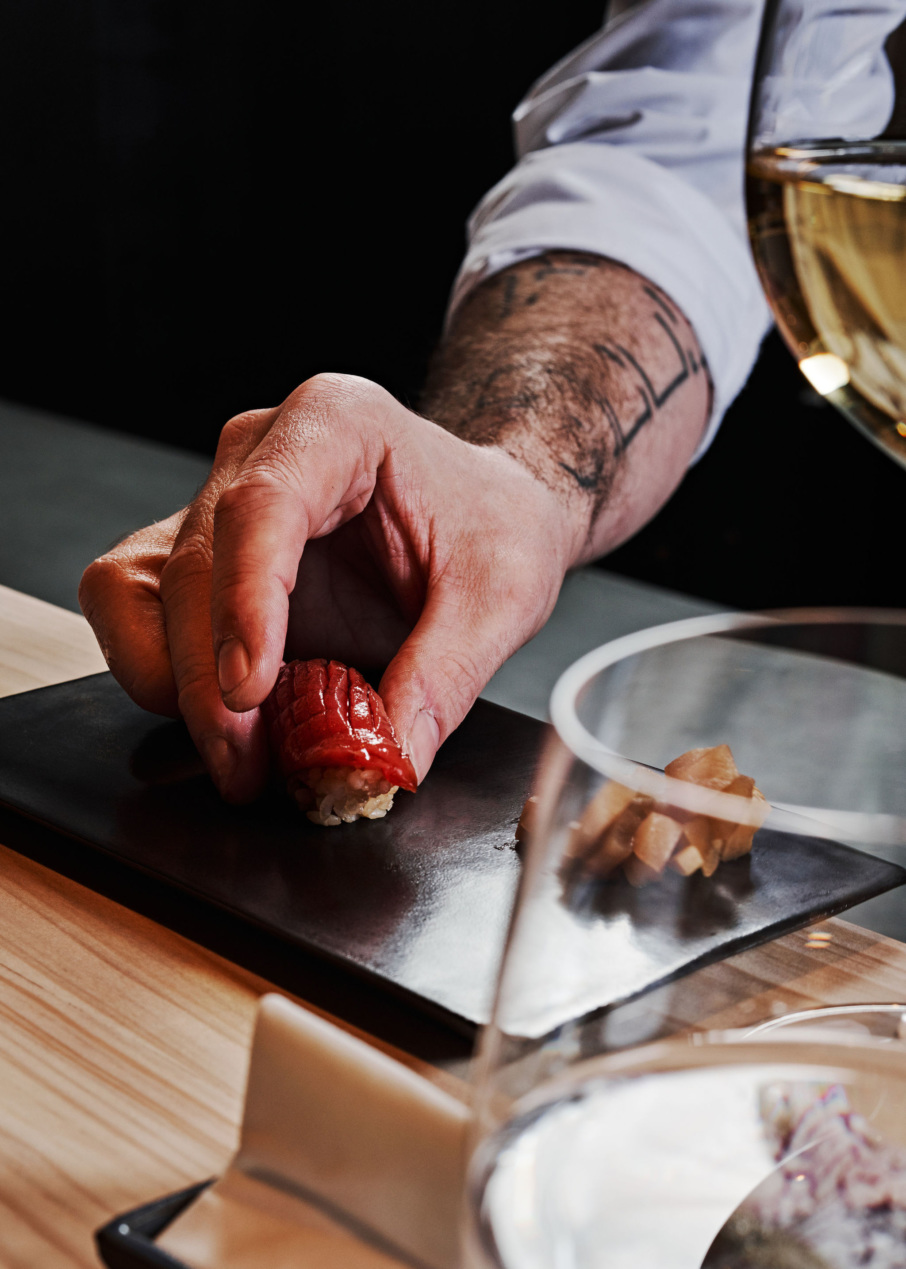
When does Mujō feel least and most busy?
During dinner service the system is set up and very consistent from day to day. It can feel a little busier for us during the turnaround, around 8:30 p.m., if the other seating is sitting around longer or asking for extra pieces of sushi.
It’s Friday night at 7 p.m. Can you set the scene?
Everyone is seated by that point, generally people with 5:30 or 6pm reservations. We have some people showing up for the 8:30 reservations and having drinks at the counter. We designed the restaurant to facilitate those interactions. You’ll see people engaging with each other or whoever they’re dining with, or our maitre’d.
It’s not stuffy. We want it to be comfortable for people. We want people to ask questions. It’s really about hospitality and making people feel comfortable, and you can see that. People loosen up and experience the moment with each other.
What kind of music is played?
This is a very important part of the restaurant – something Fred and I talked about. Some nights I focus on indie rock. Usually around 7 p.m., when the restaurant is full, I have one long playlist from the ‘70s, including Japanese fusion jazz, some funk, and a lot of ‘90s hip-hop — a lot of fun and upbeat things. It’s definitely something you don’t hear in a traditional sushi spot.
What should someone order?
The menu is structured for a single option – omakase. We do offer supplemental things that change according to what we get from the market. Some weeks we have tataki, and sometimes abalone, which we don’t get a lot of, but we do it when we can because we want people to experience things that are really good.
Sometimes it’s cost-prohibitive. We were getting the black abalone from Chiba, Japan, at $150 a pound, and by the time you cook it, it’s $200. You’re serving slices for $30, and not making money, but it’s just cool and there’s nowhere else in Atlanta – and not a lot in the U.S. – to get those things.
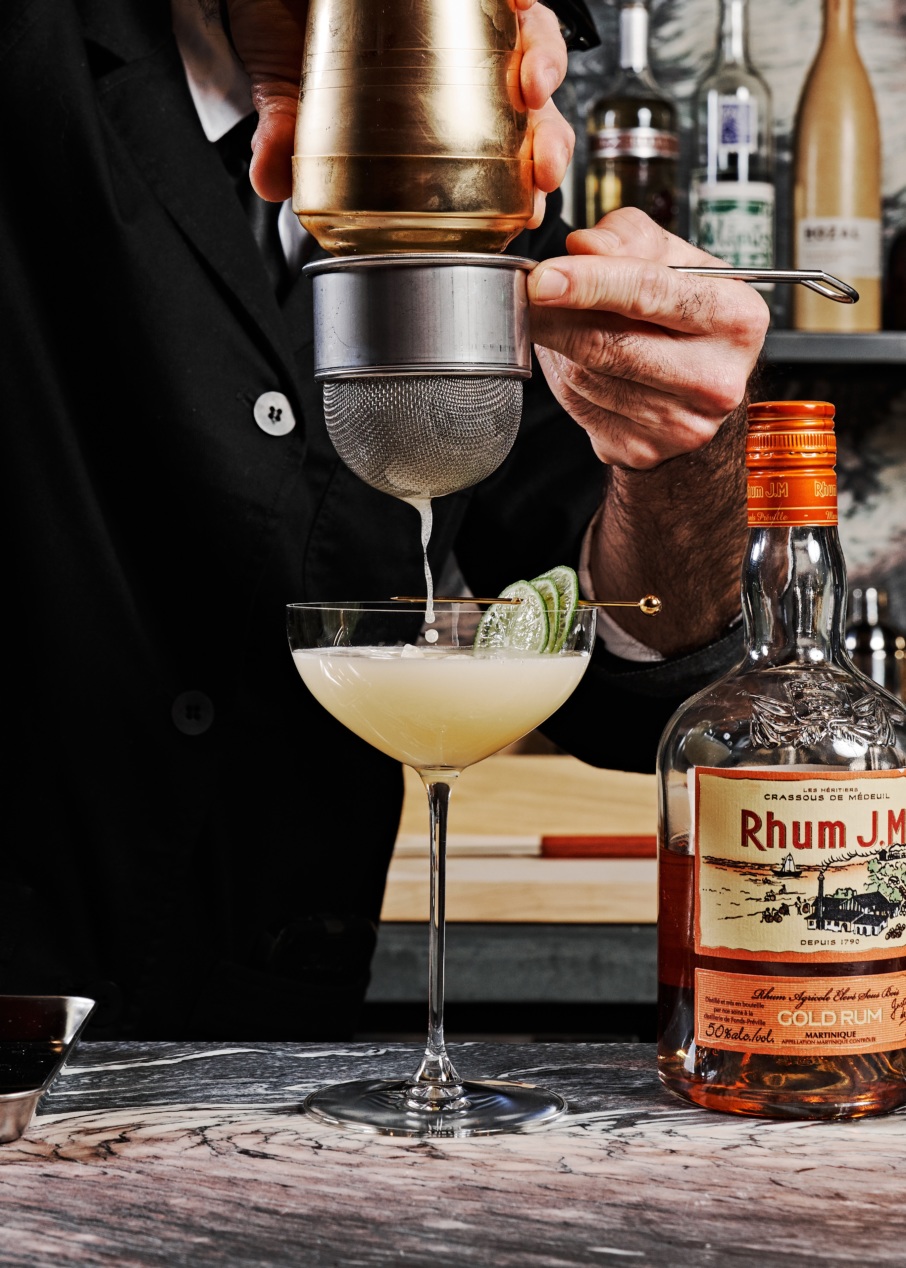
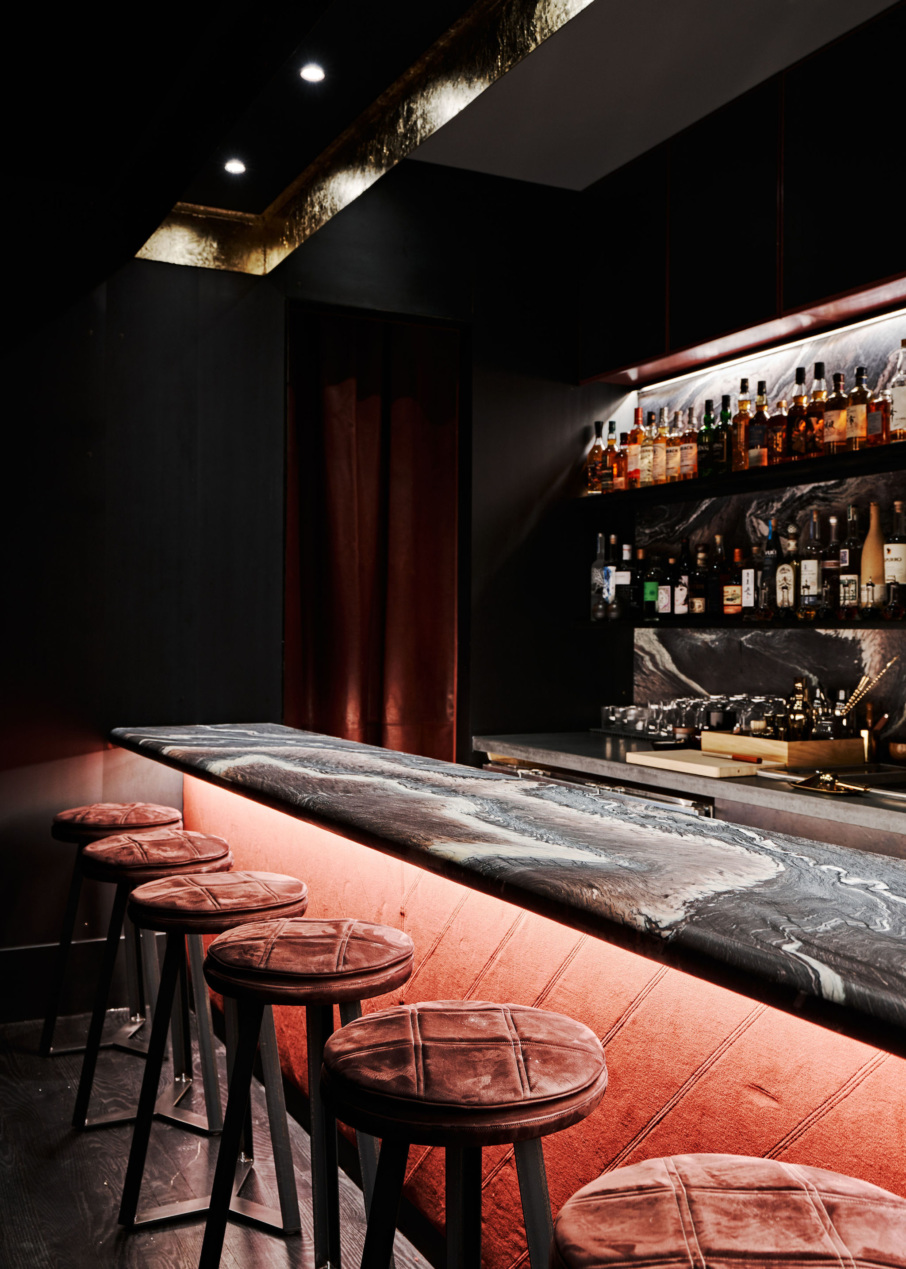
Is there anything else you’d like to share?
I want people to know that the most important thing for me is that we’re an Atlanta restaurant. We’re not trying to recreate a New York restaurant. We’re not trying to transport people to Japan. This is an Atlanta restaurant. It’s a similar experience, but the goal is to do this in Atlanta and not try to replicate something from somewhere else.
Our focus is on that and the hospitality we bring. It’s about showing the type of experience we can give you in this city. It belongs to the city of Atlanta. Fred’s such a big supporter of the city. It’s really about making people comfortable. We don’t want people to come in and be intimidated. You’ll really love the wine experience. The pairings we do with those wines and sake really suit the style of food we use and the rice that we serve. And Gusan was doing a sushi pop-up called Send Sushi. He’s done tremendous things for our restaurant.
Obviously we have some rules in place because of the size of the restaurant, but we always want people to relax and enjoy the experience, especially after the last two years. Make connections and experiences, and forget about the bad things from the past two years. We really want to celebrate as much as we can.
Mike Jordan is Resy’s Southeast editor, and a longtime Atlanta-based multimedia journalist who regularly covers business, entertainment, technology, politics and a whole lot of food, all through the lens of cultural connection. His byline can be frequently found at The Wall Street Journal, Atlanta Magazine, Playboy, Rolling Stone, Eater Atlanta, and Thrillist, where he served as the founding Atlanta editor. Follow him on Instagram and Twitter. Follow Resy, too.










